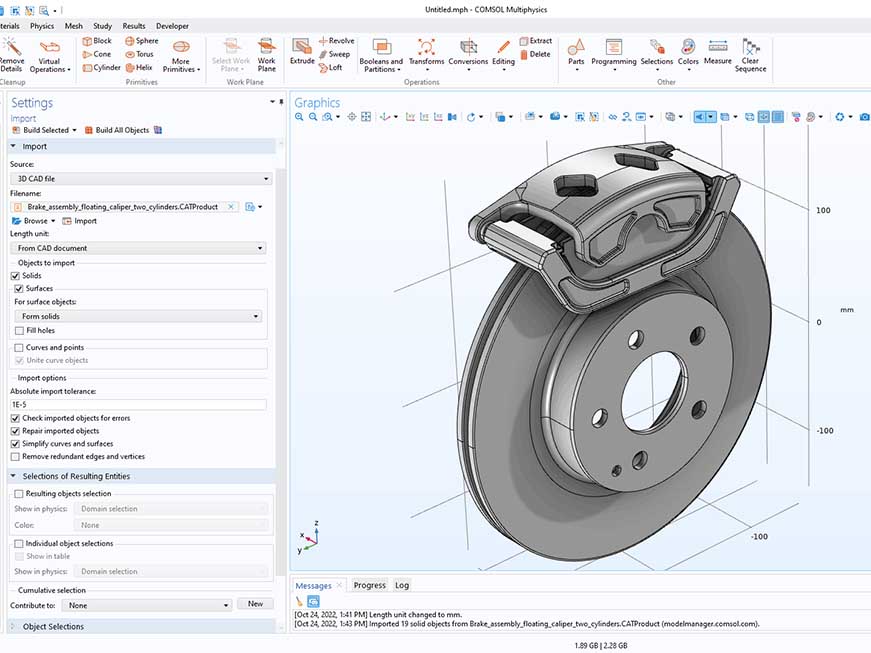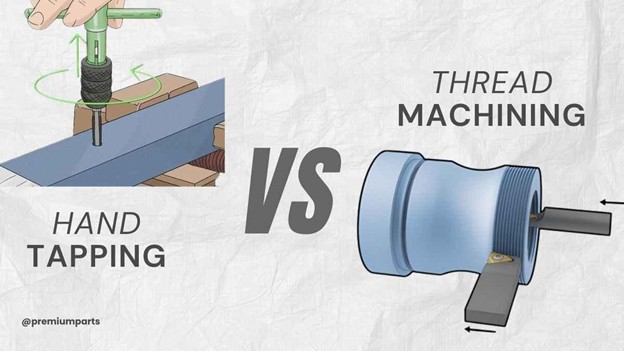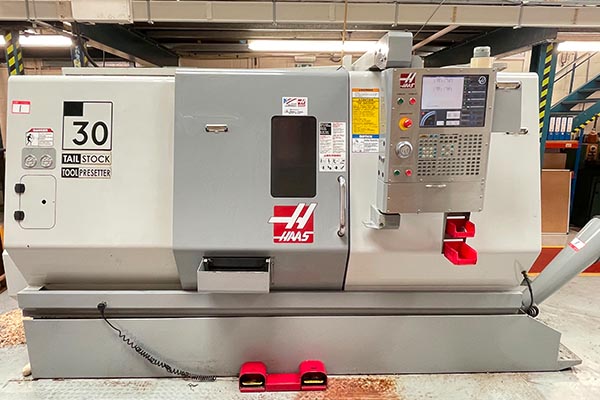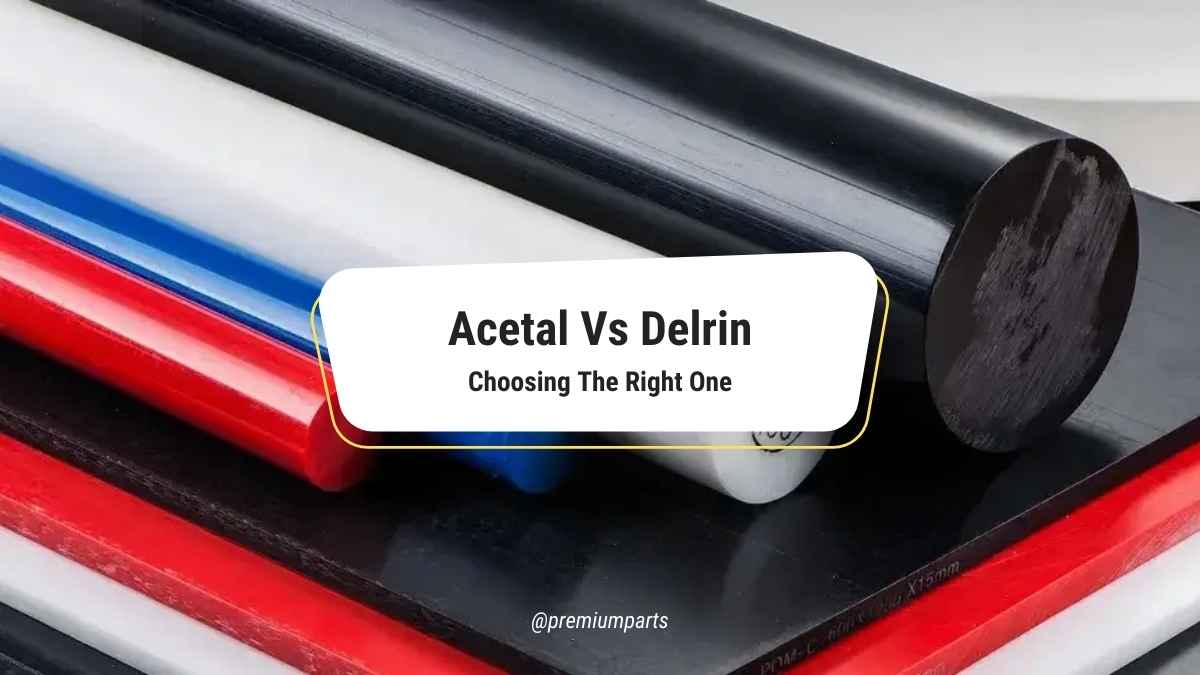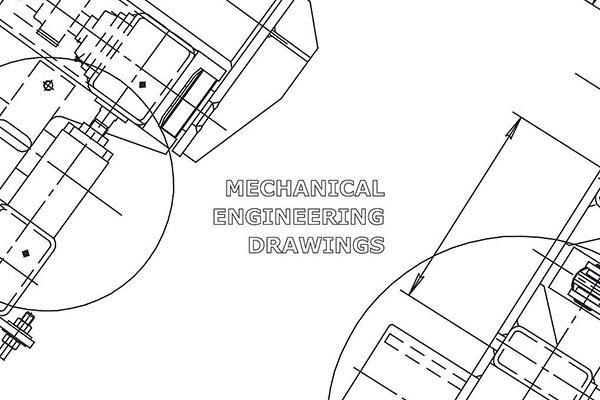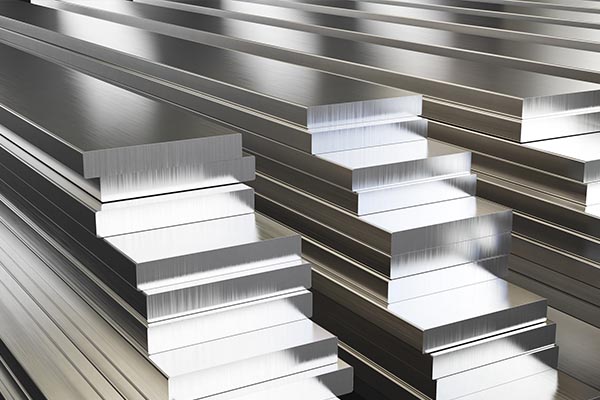Stainless steel is a crucial material in the manufacturing industry. Parts made of stainless steel have many uses in many areas, from automobiles to consumer products. However, stainless steel has many types of stainless steel, and you must know their capabilities to make a wise choice. Durability, anti-corrosive properties, and strength—everything matters.
So, for prototyping, you must consider different types, whether you are going to use them for fabrication or CNC machining. For instance, we are going to cover the two major types of steel: 316 and 316L.
According to their compositions and materials, both types play a significant role in rapid prototyping. Discover substantial similarities and differences to select the best one for your upcoming project. Let’s get deeper in without further ado.
What is 316 Stainless Steel?
316 stainless steel is a common type of steel with austenite properties. It is super resistant to corrosion and tear, especially in harsh and acidic environments. With 0.08% carbon and 2-3% molybdenum, 316 stainless steel has good anti-corrosion properties. Besides, this composition makes it highly sustainable even in high temperatures.
Properties of 316 Steel
The application of 316 steel in different prototyping operations depends upon its properties. Besides, the manufacturers’ requirements and future product use also make a lot of difference. Here are some significant properties of 316 steel that we can outline:
- Highly ductile and strong
- Good corrosion and pitting resistance
- Sustainable even under high temperature
- Quality welding properties and resistance to acidic environment
- Melting point: 13710C – 13990C
- Elasticity: 193GPa
- Density: 7.98 grams per cm cube
- Minimal tensile strength is 515 MPa
Uses of 316 Stainless Steel
Stainless steel is used in many marine equipment and components due to its high strength and formability. It is also used in chemical processing equipment due to its excellent corrosion resistance. Moreover, due to its good welding and machining properties, stainless steel is also used in heat exchangers and pumps.
In short, it’s best for products that need corrosion resistance. Other examples of its uses are pharmaceutical equipment, photographic parts, and heat exchangers.
What is 316L Stainless Steel?
316L is another variant of 316 but with less carbon content. The carbon content in 316L is only 0.03%, which is best for offering resistance against corrosion. This is why it is ideal for applications with high exposure to dusty environments. Moreover, it also has molybdenum in its composition. During the metal fabrication processes, it offers less carbide participation.
Properties of 316L Stainless Steel
Just like the 316, the 316L version also has several impressive properties. It has its uses in different fabrication processes depending upon the characteristics. Besides, it offers good mechanical properties and resistance to strain. Here are a few of them:
- High resistance against corrosion
- Sustainable against wear and tear
- Has good tensile strength
- Less carbon and molybdenum
- Excellent machinability and formability
- Good welding properties
Uses of 316L Stainless Steel
316L stainless steel is used primarily in food processing equipment. Its high resistance to corrosion also makes it useful in the chemical industry. 316L stainless steel also plays a major role in marine hardware, jewelry, water treatment industries, and power generation companies. It also has good applications in sheet metal fabrication.
316 Vs 316L Stainless Steel: Similarities and Differences
316 Vs. 316L both have the exact composition of elements with the percentage difference. However, the percentage of components offers many similarities and differences. Let’s understand them better.
Similarities Between 316 Vs 316L Stainless Steel
Let’s take a look at the similarities of both metals. By understanding them, you can make decisions easily for your project. Let’s dive in:
1. Corrosion Resistance
316 and 316L both have good corrosion resistance, especially when exposed to chloride. Moreover, they feature nickel and molybdenum, which protect them from acids. This offers high durability.
2. Chemical Composition
They have the same composition of elements, including molybdenum, carbon, nickel, and others. However, the percentage of carbon is different, which differentiates their properties.
3. Highly Flexible
Both of them have high tensile strength and flexibility. Therefore, you can quickly fabricate and mold them into different shapes. Moreover, they can also keep their strength during bending, stretching, and other fabrication processes.
4. Welding
316 and 316L can withstand high temperatures and possess good welding properties. They are also ductile, and you can process them into any shape according to your requirements.
5. Pricing
Although there are notable differences in carbon content, they do not affect the cost. Usually, the price for 316 and 316L stainless steel is the same.
Differences Between 316 Vs 316L Stainless Steel
Now that you are clear about the similarities between 316 and 316L, let’s check their differences. Although they look the same, the difference significantly changes their applications. Let’s explore them:
1. Corrosion Resistance
Apparently, both have high corrosion resistance. However, 316L beats 316 when we compare them in depth. With less carbon content and more molybdenum, 316L stainless steel is more resistant to chlorides and acids. Thus, if your goal is protection against corrosion, 316L is a better choice.
2. Low Carbon Content
The low carbon and high molybdenum content make 316L a better choice than 316. It offers good fabrication even where it requires a lot of welding. Moreover, it has less carbide participation, which shields it from wear and tear after welding.
3. Mechanical Properties
Regarding mechanical properties, 316 is a better choice than 316L. 316 is more ductile, strong, and flexible and has more tensile strength.
316 vs 316L Stainless Steel – Which One Is the Right Choice?
The choice is yours now that we have thoroughly understood the properties and differences of 316 and 316L. Consider your project’s needs and the following factors to decide:
- Corrosion Resistance: With the difference in the carbon content the 316L has less carbon content than 316, thus making it more corrosion resistant. If you aim to achieve maximum anti-corrosion properties, use 316L stainless steel.
- Cost: Cost is not a limiting factor in deciding which one to choose. Although there will be a slight difference between the cost, it depends on your needs.
- Magnetic Properties: 316 stainless steel has no magnetic properties; thus, magnetic fields do not affect it. However, fabricating processes like welding may show some reaction to magnetism.
- Manufacturing Process: Before starting any CNC or fabrication machining process, ensure which type of steel to use. For example, as 316 has a high carbon content, it can lead to wear and tear during the welding process. However, 316L has low carbon content, and it’s more ductile.
- Mechanical Properties: Considering the ductility, tensile strength, and flexibility, 316 is a better choice than 316L. So, it depends upon your requirements and expectations.
Get Help with Premium 316 and 316L Stainless Steel Parts.
Both 316 and 316L have excellent properties and strengths. Although finding the differences between them is a hectic task, we at Premium Parts have made it hassle-free. If you are looking for quality materials without pestering the differences, our team is readily available to help. Not only will we provide you with insights, but we will also offer you high-quality products featuring 316 or 316L according to your requirements.
With years of experience and expert manufacturers, we offer rapid manufacturing and prototyping solutions. Our products meet the highest quality standards and turn your projects into successes.
FAQs
Q1: What does the L stand for in 360L stainless steel?
The L means “low” in 360L, indicating the metal’s carbon content. 360L has only 0.08% carbon, which makes it highly suitable for manufacturing corrosion-resistant products. 316 is best for welding as it is resistant to wear and tear.
Q2: Which of 316 vs 316L has better resistance?
316 has more carbon content than 316L. Therefore, with less carbon and more molybdenum, 316 stainless steel is more resistant to corrosion. Consequently, it offers better protection against environmental conditions like air, water, chloride, etc. On the other hand, 316 also has good resistance, but it is a better option for ductility and machinability.
Q3: Which stainless steel is better for high temperatures?
316 has better applications at high temperatures. The reason is its melting point, which is 13710C—13990C, and good mechanical properties. With its high tensile strength and robustness, it can withstand heat easily. The 316L stainless steel is good in terms of corrosion resistance; however, it is not a good fit for acute temperatures.
Q4: Which industries have major applications of 316 vs 316L stainless steel?
The 316 and 316L have extensive uses in various industries because of their anti-corrosion and high machinability. Their uses are in medical fields, such as surgical instruments and pharmacy equipment. They also extend their applications in the chemical and petrochemical industries to create pipelines, tanks, and other equipment. Moreover, their significant uses are in marine applications such as boat fitting. Other than them, you can also count on food and beverage, aerospace, automotive, and power generation industries.
Q5: Can we use 316 and 316L steel for rapid prototyping?
Yes, we outlined their differences to help you make the right choice. 316L is a better option because of its ductility and corrosion resistance. You can mold it into any shape and geometry you need. It can also undergo other manufacturing processes, such as laser melting and binder jetting. Moreover, the 316 is a better choice for welding as it has good tensile strength.
Conclusion
Choosing between 316 and 316L depends upon your needs and requirements. So, it’s best to consider your needs and the applications of the products you manufacture. We hope that this comparison of 316 and 316L steel might have cleared some of your doubts. Both are good for corrosion resistance and are highly ductile. Besides, both can be molded into any shape. If one has the upper hand in anti-corrosion properties, the other has good tensile strength.
So, now that you know the differences and similarities, it’s time to make a choice. Are you still confused? Contact Premium Parts right now, and let us help you clarify how to start on your product right away!



